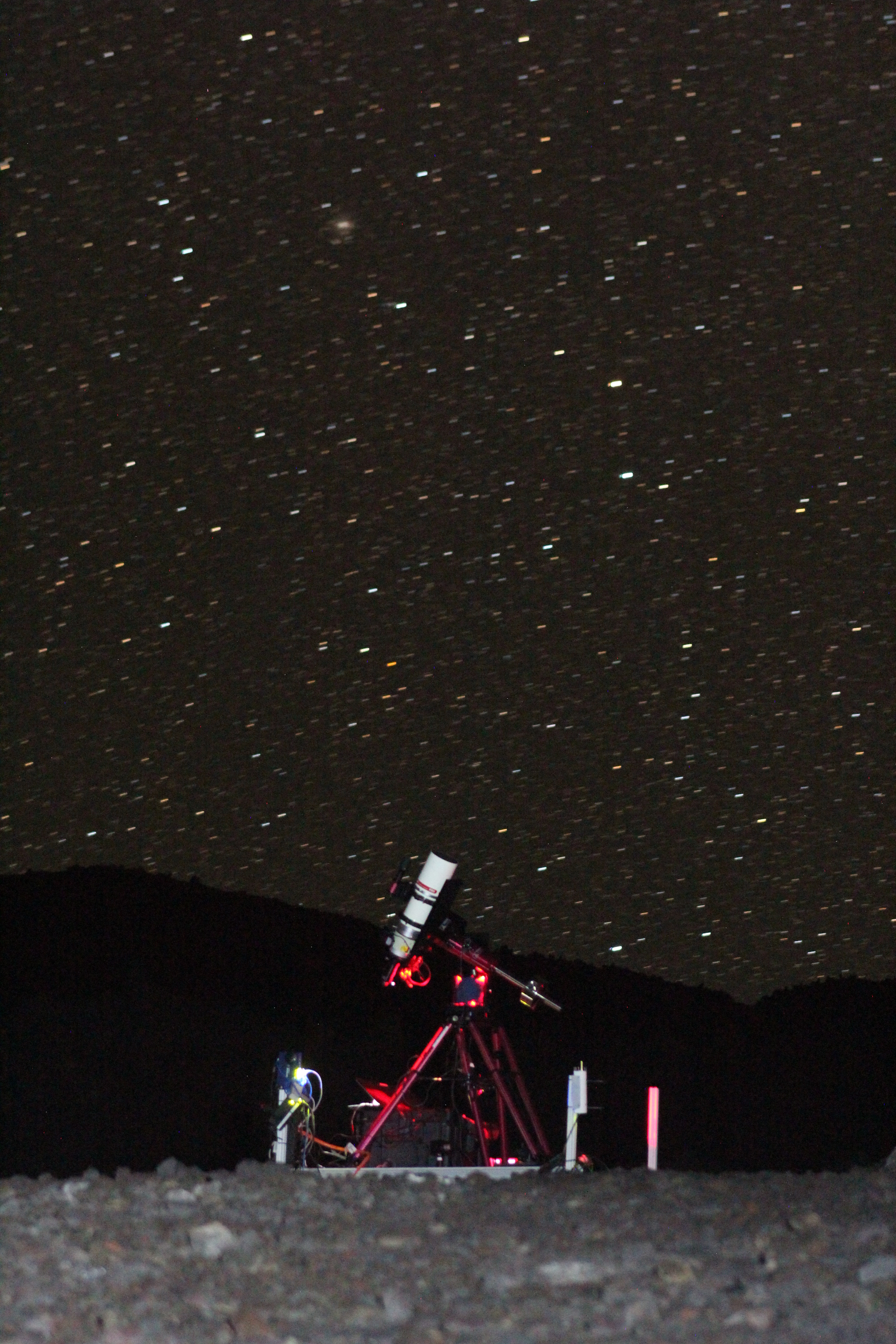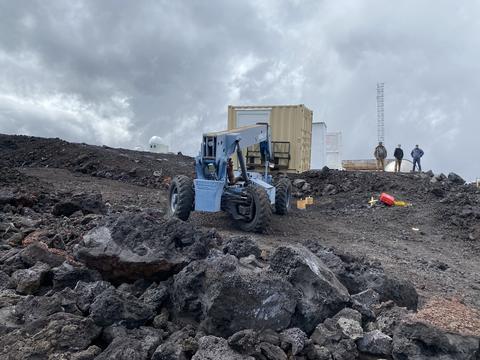MLO Lunar Spectral Irradiance (MLO-LUSI) Project

Telescope Details
Location
Mauna Loa Observatory, island of Hawaii in the state of Hawaii
Purpose
The sunlit Moon provides a stable but not yet perfect standard for the calibration of certain satellite sensors by measuring the visible to near-infrared light reflected from the Earth’s surface and atmosphere. The Mauna Loa Observatory Lunar Spectral Irradiance (MLO-LUSI) project will help improve measurements of the Moon to enable its use as an absolute reference standard for the dozens of satellites that study and monitor the Earth’s weather and climate. The uncertainty of measurements of the Moon’s light must be improved from a few percent to below 0.5% to calibrate satellite instruments at the level needed for climate monitoring. MLO-LUSI will complement the air-LUSI instrument by capturing a wide range of Sun-Moon-observer configurations over several years.
NIST’s role
Build, automate and operate a small robotic observatory to calibrate the reflected solar radiation from the Moon and develop improved calibration techniques. Components include a telescope and a calibration lab.
Significant discoveries
The NIST instruments are still being installed.
Other interesting facts
The observatory is located at an elevation of 3,397 meters, or 11,135 feet above sea level, on the flank of a volcano. The site is significant from a climate standpoint because it’s where the primary record of increased atmospheric carbon dioxide has been measured. The volcano is by some measures the largest (not the highest) single mountain on Earth.
Supported by
NIST
Operated by
NIST; the site is owned by NOAA and hosts various instruments for atmospheric research.
Media


